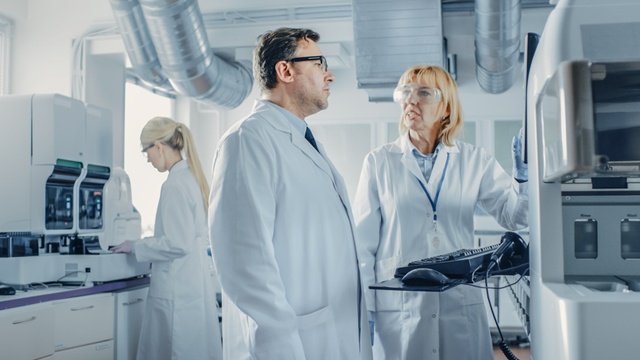
What Are Some Tips for Maintaining Laboratory Equipment?
Your entire experiment is depended on the smooth functioning of the laboratory set-up. Therefore, working toward maintaining a spotless lab to reduce contamination risk and ensuring the smooth functioning of the laboratory equipment is imperative for conducting any experiment without a hitch.
Imagine conducting a critical experiment and being greeted by a faulty instrument. It will not only be a waste of your time but can also ruin the specimens and reagents.
Hence, you must take adequate care of the equipment in the lab to prevent untimely re-purchases and finish your lab work on time.
This article discusses a few tips you can apply to maintain laboratory equipment, and they are:
- Reading the Instrument Manual
Before you handle any equipment, read its manual to familiarise yourself with the working and functioning of the instrument.
If the instruments are too old, there are chances that the user manual may be lost. In such cases, make sure to go on the internet to find out the proper instrument operating method.
- Use Equipment to get Training and Train New Operators
You must be familiar that using it the wrong way is the most common way of damaging any device. Therefore, get adequate training from experienced personnel before you handle the instruments independently.
If you are in charge of training the new workers in the lab, please do not skimp on giving on-hand training on the equipment they will need to operate in the future.
- Calibration
Regular calibration of lab equipment is essential to run any experiment. If you fail to calibrate the machinery at regular intervals, there are chances of dealing with inaccurate data. These inaccuracies can also bring the experiment to a halt, and all your workings may be fruitless.
Hence, calibrating lab instruments can reduce safety risks when dealing with hazardous chemicals.
- Timely Repairs
Any lab equipment is bound to endure a certain amount of wear and tear throughout its tenure. It is much more cost-effective to repair its parts than replace the whole instrument.
Repairing the instrument or replacing smaller parts of larger equipment can salvage its entirety.
Due to the nature of some devices, certain parts are bound to endure more rigorous wear and tear than the rest of the instrument. Timely repair or replacement of these parts can increase the life span of the machinery.
- Refurbishment/Renovation
If your instruments are not working as smoothly as they used to in their initial days, then you need to refurbish them. You can refurbish machinery in the following steps:
- Taking apart the instrument piece by piece
- Immaculately cleaning each component that constitutes the instrument
- Polishing the parts that need it
- If the instrument has moving parts, then re-lubricate them
- Parts showing signs of wear and tear can be replaced as a preemptive measure
Once satisfied with the refurbishing, you can put the equipment back together.
- Conduct Regular Inspection
Some problems may not show overnight; instead, they develop over some time. Therefore, conducting a thorough physical examination of the lab instruments can keep their workings in check.
Regular inspection can help you detect problems more efficiently if the instruments are not often worked upon. Make sure that you invite someone qualified enough for such examinations.
- Assembling a Toolkit for Minor Repair
Keeping a toolkit handy may be helpful when you need an emergency repair for the lab instruments. A toolkit must have the following tools:
- Multi-bit screwdriver
- Set of wrenches
- Pliers
- A pair of scissors
- Forceps
- Machine lubricants
- Duct tape and electrical tape
- Superglue
- Fine Brush
Investing in New Lab Equipment
There is only so much that you can invest in calibration, repairs, and refurbishing. Once you have achieved the optimum use of the equipment, they need to be replaced.
However, when looking to purchase new lab instruments, do not go for cheap replacements. They might seem lucrative now but will cost you in the long run. Cheap instruments may be prone to wear and tear and have a lower shelf life.
High-quality instruments are cost-effective, durable, and easy to maintain.
Your lab equipment is indispensable to your experiments. Hence, you must invest considerable time and energy to ensure their maintenance and maintain quality caution while picking new instruments for your lab.

